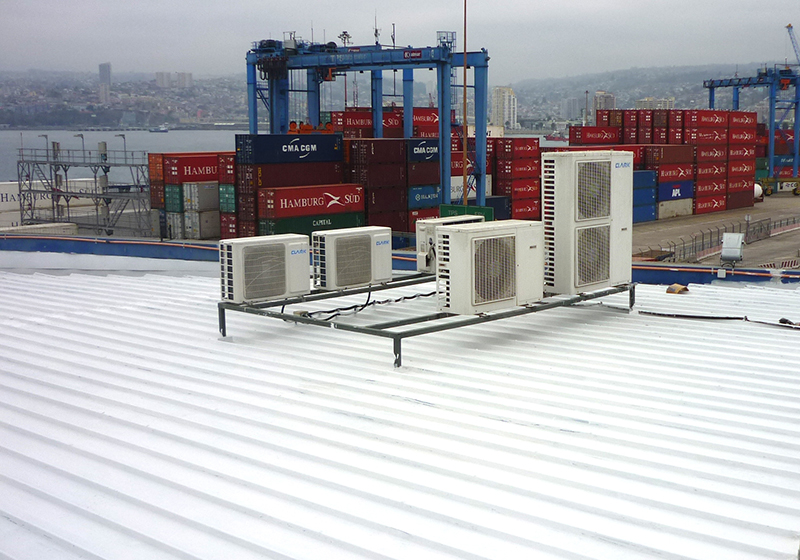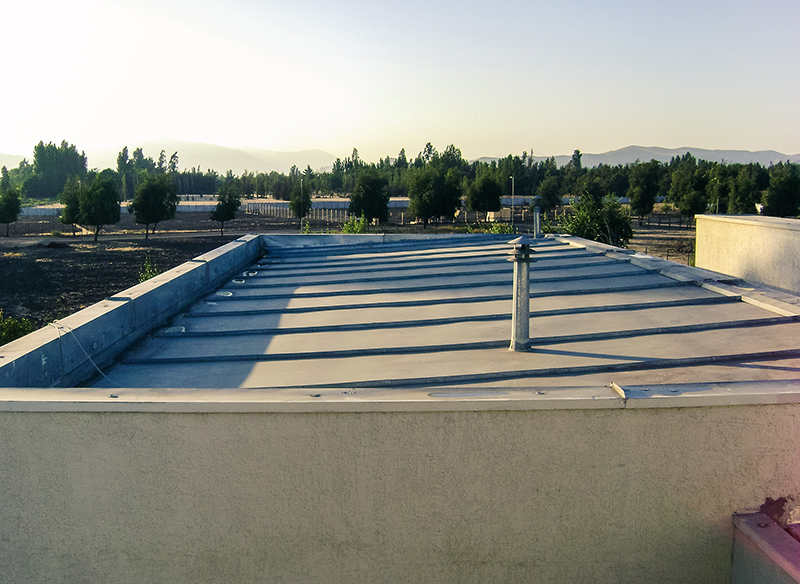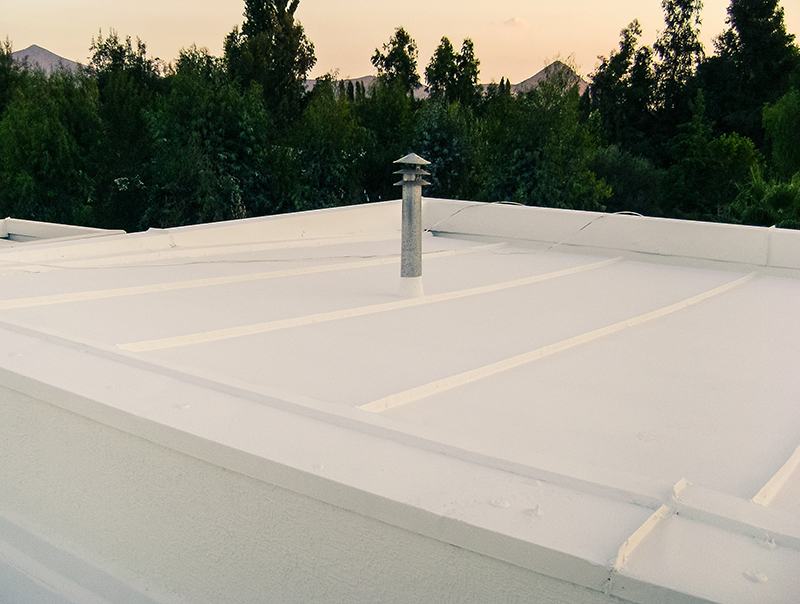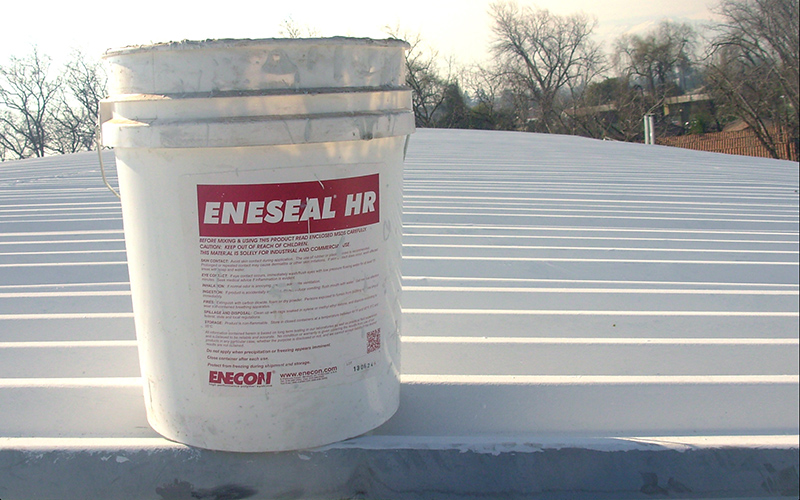ENESEAL® HR is a single-component, water-based, ceramic-filled liquid compound which cures to a durable, seamless, and flexible “skin” that refracts and reflects heat while providing a moisture resistant barrier to virtually any type of surface. Apply by brush, roller, or spray, and clean up easily with soap and water.






USes
- Roofs and rooftop equipment
- Cooling towers
- Metal decks
- Trailers
- Storage tanks
- Pipes and ducts
- Sheds
- Mobile homes and pre-fab buildings
- Applies easily to concrete, metal, wood, ceramic, brick, and mortar surfaces
FEATURES
- Cools, protects, and creates an impermeable barrier against rain, snow, and moisture
- Heat-refractive — 30% more heat refractive than white paint
- UV-resistant
- Moisture-resistant
- Microporous — Lets humidity out but not in
- Mono-component — Just stir well and start applying: brush, roller, or spray
- Water-based
- 300% elastomeric when dry — very flexible
- Non-toxic and non-flammable
- 2-year shelf life
- 56% solids
- Lasts for years and easily reapplied
- Cool Roof Rating Council (CRRC) Certificate
More Info
ENESEAL® HR
ENESEAL® HR is a single-component, water-based, liquid ceramic-filled membrane which cures to a durable, seamless, flexible “skin” that refracts and reflects heat while providing a moisture resistant barrier to virtually any type of surface.
ENESEAL® HR is easily applied by brush, roller or spray to all types of insulation, plastics, concrete, brick, block, slate, tiles, wood, metal, bitumen, glass, tar/asphalts, etc.
ENESEAL® HR can often be combined with a number of ENECON’s other products to add a heat-refracting coating on top of our corrosion-, erosion-, and chemical-resistant composites.
Because it’s water based, cleanup is quick and easy with soap and water. ENESEAL® HR is also completely non-toxic and non-flammable.
ENESEAL® HR is the perfect solution for keeping equipment and buildings cool in industries like big data, as well as in other applications where it can be extremely cost-effective to keep a large building cool.

